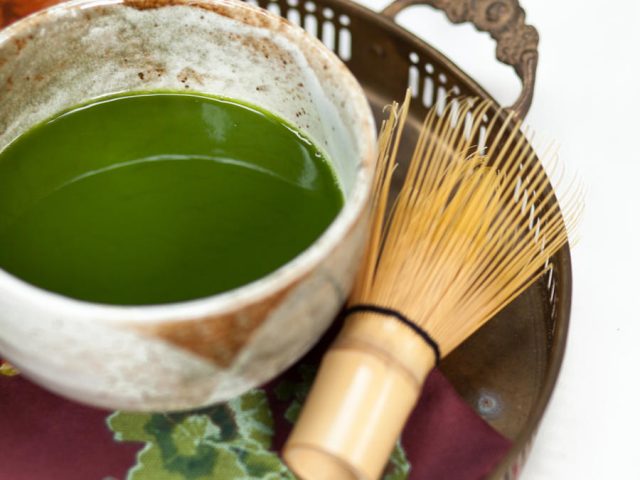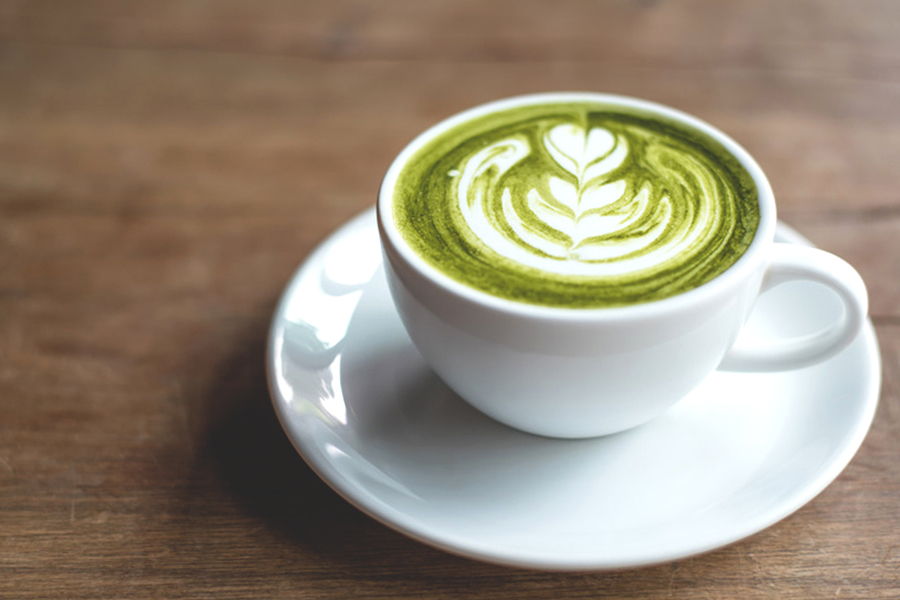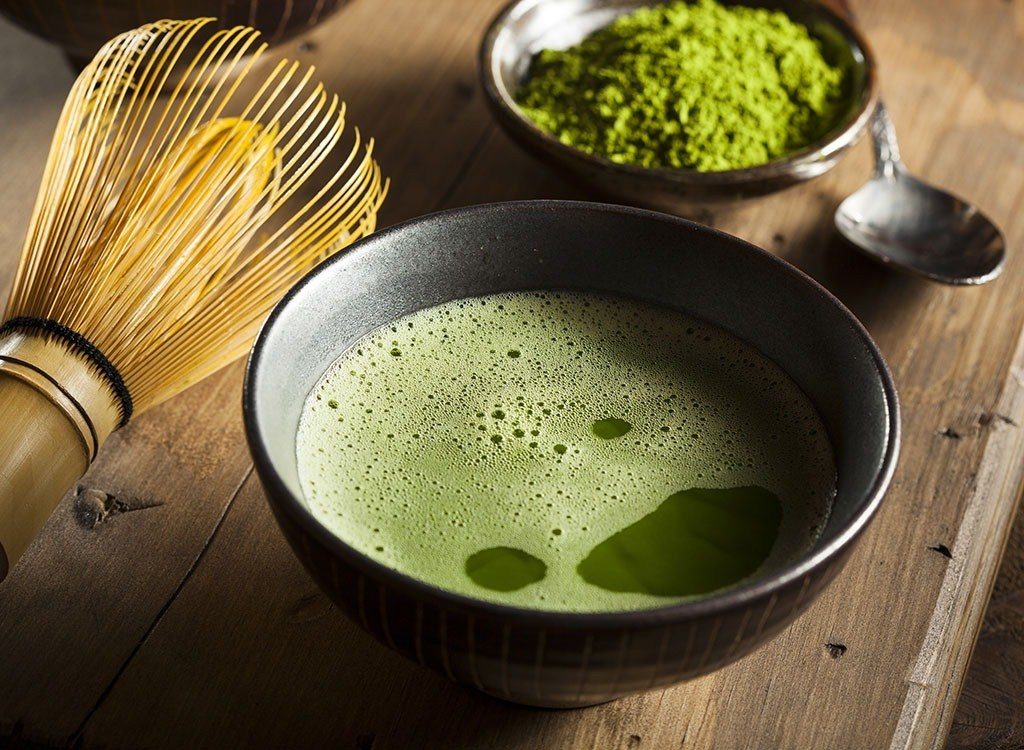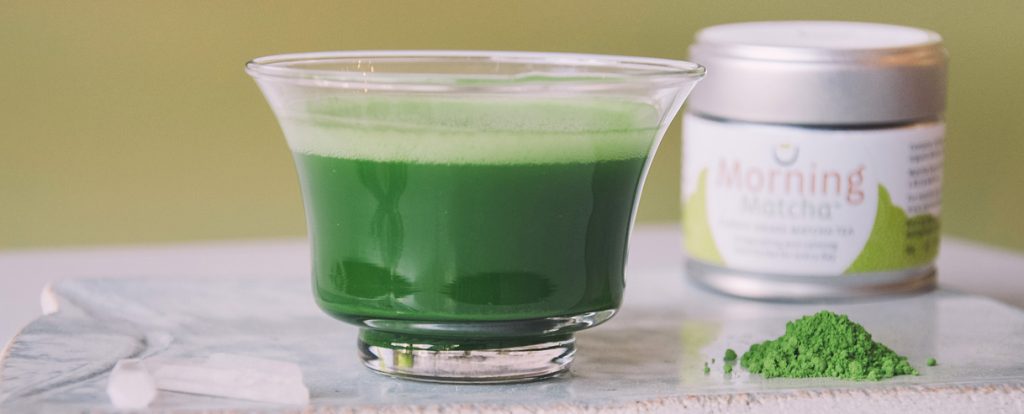
The consumption of Tea is believed to have originated in Southwest China during the rule of the Hang Dynasty around the second century BC. Some Chinese legends that have been passed down through generations attribute the origin of Tea to the mythical Shennong, a venerated Chinese folklore deity dating back to prehistoric China. Whatever the beliefs may be, it is known that Tea has not grown in the wild anywhere around the world. Hence how it came about to be consumed worldwide is still a mystery. Today Tea is the second most consumed drink after water in the world and this shows that Tea has positioned itself and has been entrenched into the world populace, to remain so for many more years into the future.
Though the production of Tea from cultivation to the teacup, has undergone many changes and different flavors have been added to it, Green Tea stills remain very popular among many. Green Tea, too, has been metamorphosed into various forms, and one of them is Matcha Green Tea.

Though Tea originated in China and was first dried, powdered and consumed between the years 960 and 1279 AD during the Song Dynasty, this method lost its appeal until Tea was brought to Japan and they developed the specialty Matcha Teas. Since then Matcha Teas have been proliferated around the world and is widely consumed today among many communities.
What is Matcha Green Tea?
As mentioned in Matcha green tea blog, the word “Matcha” is Japanese and means “fine powdered green tea”, which is special in comparison to all other types of Green Tea farming and processing methods that we may know of. Matcha Teas are distinctly different in two aspects, which is in its farming and final processing. Three weeks before harvesting the tea plants are shade grown, which helps to increase and retain excess levels of Chlorophyll within its leaves. This special farming method preventing direct Sunlight, would slow growth, turn the leaves a darker shade of green whilst also increasing the composition of Amino Acids, especially theanine. The content of caffeine is also substantially increased during this process. None other Tea farming methods are similar to this which makes Matcha Teas stand out from the rest.
The harvesting is also limited to hand picking of only the finest Tea buds which is also a very selective process with all leaves so picked to be of the same age of growth and preferably size as well. Matcha Teas are graded as ceremonial, premium and cooking or culinary. The prices for the ceremonial grade would be the most expensive with the prices ranging between $100 and 150 per 100 grams, with the second premium grade ranging in price between $50 and 100. The cooking or culinary grade would fetch prices between $15 to 50 per 100 grams.
The processing of the green tea leaves to produce the specialty Matcha Teas is unlike other methods, where the leaves are directly dried which would naturally crumble. Then it is de-veined and de-stemmed to take only the leafy parts which are then stone ground very fine, which would be a very bright green, talc-like powder.

The stone grinding process is very slow and also precisely controlled, to ensure the leaves do not heat up and alter the flavor or lose its distinctly specialty aroma. The process is controlled at snail’s pace with about an hour required to powder about 30 grams of Matcha Tea.
The stone grinding mill is also specially crafted from a special type of granite to ensure that the process is as desired and the best Matcha Teas are produced so that the best prices could be obtained for the producers. Matcha Teas are special and it is this that has kept it alive in the public domain, especially among those who prefer it to any other.
Why is Matcha Green Tea healthier than other Green Teas?
It was first discovered by Zen Buddhist monks that the consumption of Matcha Tea had a soothing effect and helped them to meditate in a much more relaxed state. This could be attributed to the rather higher content of Amino Acids specially I-Thenine and L-Thenine which are known to calm nerves and control anxiety and hypertension.
Matcha Tea is also known to prevent cardiovascular diseases due to its high content of catechins, and anti-oxidants especially EGCG, while also controlling levels of cholesterol, thus ensuing healthy arteries. It is also a brain stimulant ensuring better reception and increasing memory power. Metabolic activity is also controlled and helped to ensure an overall improvement in health.
Consuming Matcha Tea regularly has shown that it could control mood changes, increase mental focus, and also detoxify the body ensuring good overall health. These attributes are special to Matcha Tea which could be due to its specialty farming, processing, preparation, and consumption methods. None other green teas would under all these controlled systems from farming to consumption.

How do you prepare and consume Matcha Green Tea?
Preparing Tea for consumption could be referred to as a ritual, which would be common to any types of teas, but in the case of Matcha Tea, the actual preparation to consume moves into a new dimension. Most teas are brewed and the leaves strained and thrown away but in preparing Matcha Tea the process is very much different.
The finely powdered Matcha Tea is prepared in two ways, one called “usucha” a weaker version while the other stronger and thicker version is called “koicha”. In both preparations sift the fine powdered Matcha Tea into a bowl using one teaspoon to make usucha and two to prepare koicha.
Pour hot water to prepare the Matcha Tea with 70 ml for usucha and 50 ml for koicha. The water should be below boiling point to ensure that the nutrients and antioxidants are not destroyed when preparing the tea.














